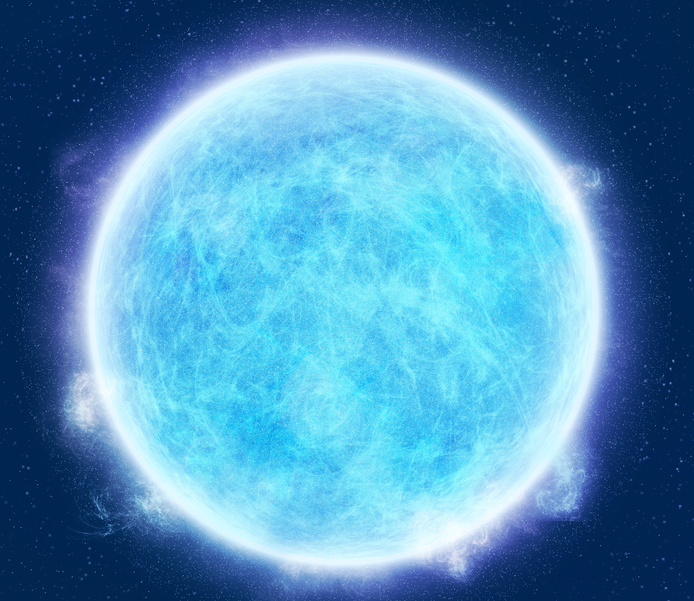Astronomers at the Space Telescope Science Institute have come up with a new way of calculating the mass of distant stars. Using observations from the Hubble Space Telescope and Einstein’s general theory of relativity the team successfully calculated the mass of white dwarf stars. The research was completed by Kailash Sahu at the STScI in Maryland.
The new method was tested on the white dwarf Stein 2051B first and according to NASA, it matched previous hypothetical predictions. Really large objects in space can warp space-time according to Einstein’s theory of general relativity. This is what we feel as gravity and is what astronomers observed when they spotted the white dwarf star Stein 2051B. As it passed in front of another distant star it bent the light that was being emitted from the star in such a way that it appeared to be at a different point in space than it really was. Luckily, astronomers already knew its real location and used it to measure the white dwarf’s mass.
It’s exciting as it brings a new direct method for measuring the mass of white dwarfs based on simple observations. Some white dwarf’s mass can be determined by taking the measurements of the orbital motion of the star if there’s a companion that’s in the double star system and located not too far away. But, it won’t work in every case and with Stein 2051B, its companion red dwarf was too far away to get an accurate measurement this way.
In this study, the researchers observed Stein 2051B carefully for two years. During that time it moved in front of the background star a total of seven times providing them with plenty of opportunities to get measurements. Their findings were confirmed in the journal Science earlier this month.
More News to Read











